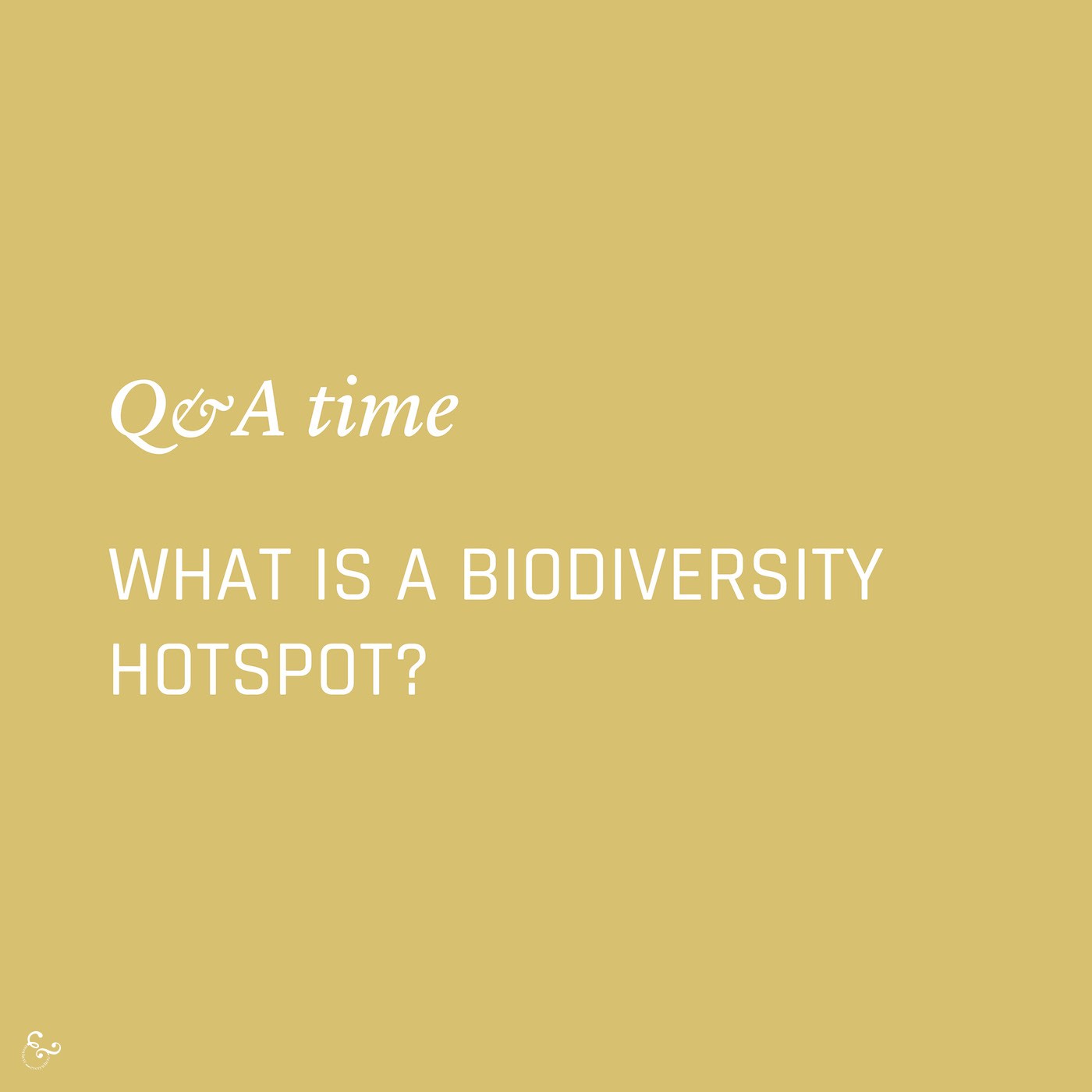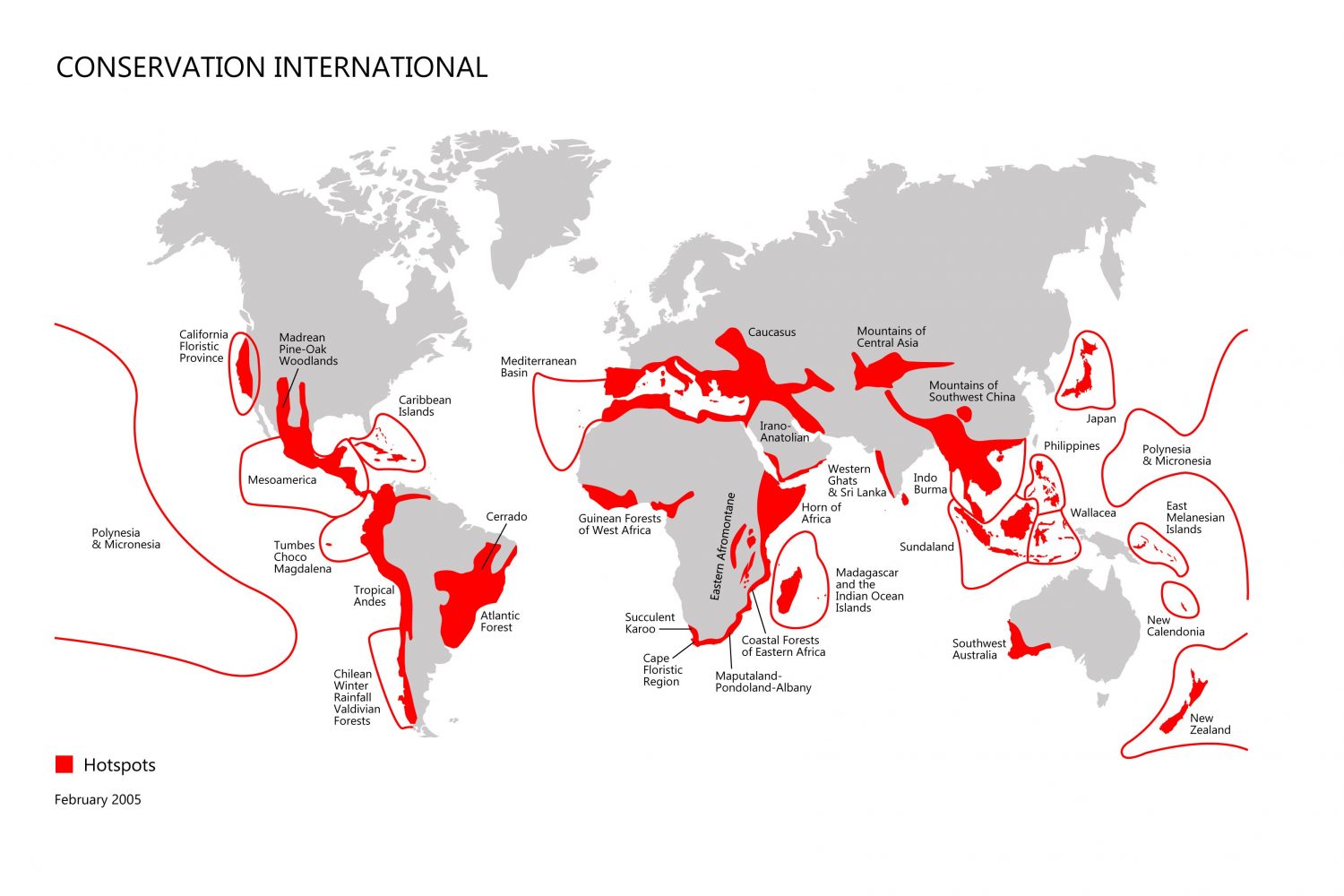Being a biodiversity hotspot isn’t necessarily something to applaud. A number of biodiversity hotspots have been recognized around the world, in part for their unique and incredibly high biodiversity and rates of endemism (species that are found nowhere else in the world) but being a biodiversity hotspot also reflects the level of damage that’s been done to these biodiverse ecosystems.
The other factor in being named a biodiversity hotspot is extraordinarily high levels of habitat loss and disturbance compared to other areas. Biodiversity hotspots should be celebrated for their species but also require a great deal of protection to overcome the threats they face.
One example of a biodiversity hotspot is south Western Australia, where some of the team live, which harbours an immense biodiversity and some of the highest rates of endemism on the planet (over 70%). Nearly three quarters of the regions entire vegetation was cleared in just forty years from 1945-1985 though and so this exceptional diversity is now conserved only in tiny fragments.
Have you got a biodiversity hotspot near you? Check out the map – there is likely one near-ish to you!
(Map courtesy of The Crop Site)



